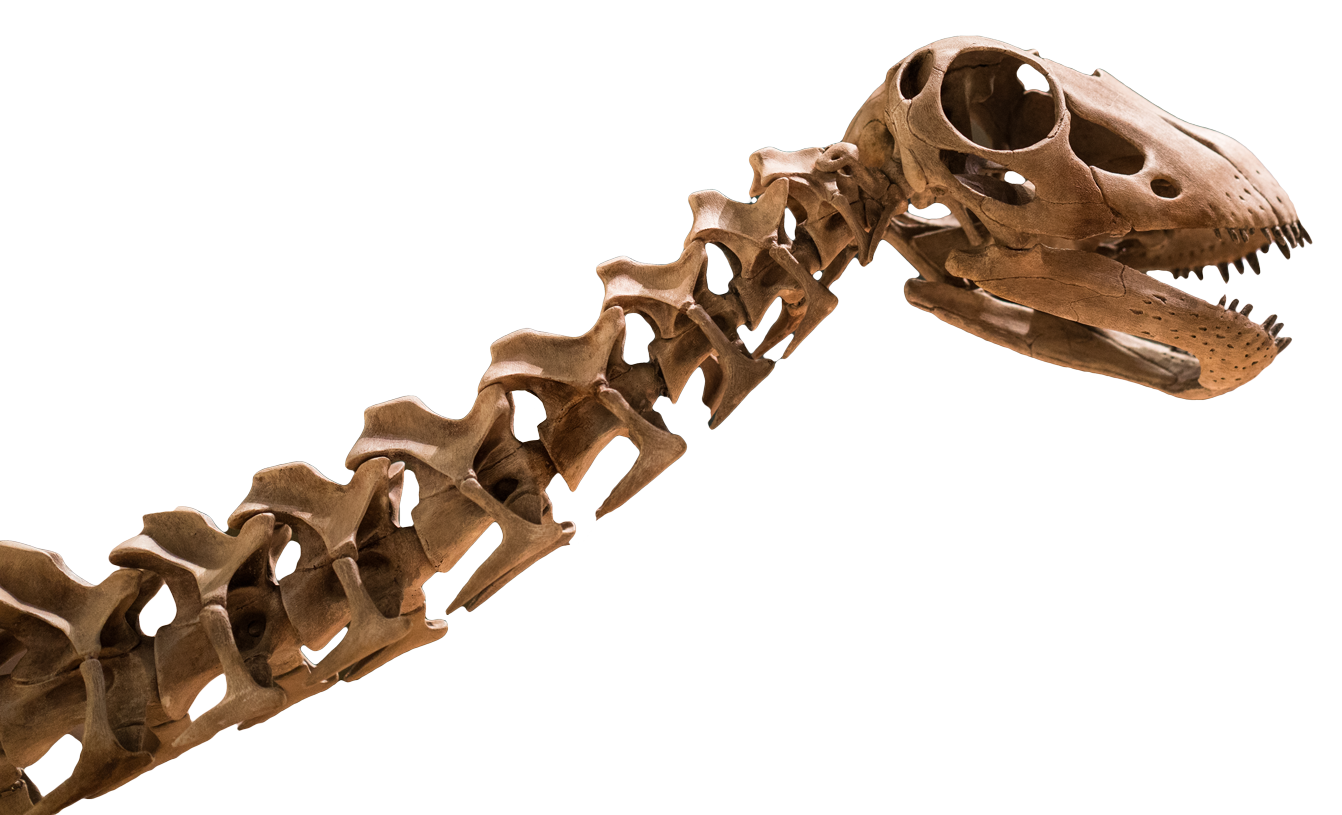Thirty-four years ago, the Sam Noble Museum looked very different to Richard Cifelli. Searching for a job after obtaining his Ph.D., Cifelli found himself at the museum in 1986.
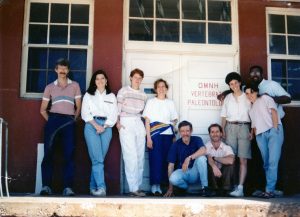
“I had passed through Oklahoma many times going east and west, but never imagined myself being here,” said Cifelli, vertebrate paleontology curator and biology professor emeritus. “Jobs in my field are particularly scarce though, and it was the first decent position that I was offered.”
Back then, Cifelli only planned to stay five to 10 years. As the first full-time curator hired by Michael Mares, director at the time, he faced challenges right off the bat. In the vertebrate paleontology collection, there was little organizational structure, and no cataloguing system or storage protocols in place. Despite all this, Cifelli looked at the positive side.
“Even though it was a challenging time, it was also an exciting opportunity,” Cifelli said. “I could start a lab, put things in the places I wanted to put them and organize the collection the way I thought it should be.”
Cifelli spent the next three decades amassing new specimens for the vertebrate paleontology collection and conducting research on them. He spent his summers going on major expeditions in Utah, Montana, Wyoming, Texas and Oklahoma. With the specimens he brought back from those expeditions, he tripled the size of the collection, and also personally described nearly 100 new species.
Some of his fondest memories come from his expeditions.
“The one dearest to my heart is the one that came in the middle of my active period, working a field project in central Utah,” Cifelli said. “We found fossils in a part of the time scale that nobody had any animals from. We got a really great sample of fossil vertebrates that fit between the Jurassic and the Late Cretaceous in the geological time scale which, at the time, we knew nothing about.”
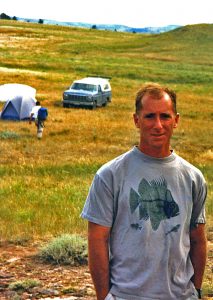
Cifelli also played a part in transitioning the museum from its old home on Asp Avenue to its current building on Chautauqua Avenue. Working together with exhibits and vertebrate paleontology staff, as well as a slew of longtime volunteers and a former spouse, he safely transferred and re-homed thousands of fossil specimens and also assisted with the creation of one of the museum’s permanent galleries, the Hall of Ancient of Life.
“I acted in an advisory capacity in relation to the Hall of Ancient Life,” Cifelli said. “My former wife, a large team of volunteers and Kyle Davies, museum preparator, were really the ones that pulled it all together in the end. We had one volunteer dedicate over 3,000 hours to assembling the nek frill on the Pentaceratops alone!”
After 34 years, Cifelli has nine species named after him, and countless publications and recognitions in professional and academic journals and surveys. It’s an impressive resume, but Cifelli insists his legacy is defined by his contributions to the collection, and not by the accolades.
“When all is said and done, the enduring legacy is going to be the fossils themselves,” Cifelli said. “Fifty years from now, people may have completely different ideas of the evolutionary history of land animals, but they will be referencing the fossils that we found. The enduring contribution lies with the specimens.”
Cifelli is not the only curator to say goodbye to the museum after a long tenure. Shortly after the museum settled into its new home south of the University of Oklahoma campus, Daniel Swan joined the staff in 2006 as the curator of ethnology and professor of anthropology in the OU College of Arts and Sciences.
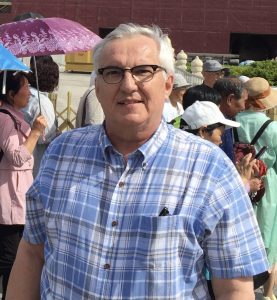
Swan first came to Oklahoma in 1976 for his master’s and doctor of philosophy degrees. He ended up staying in the state for 13 years working for the Oklahoma Historical Society. Over the next 30 years, he bounced from Oklahoma to Minnesota, back to Oklahoma, then to Tennessee. After a long career in administration at a museum at the University of Memphis, Swan decided to return to two of his loves: curation and Oklahoma.
Once at the Sam Noble Museum, he spent the next 14 years contributing to the ethnology, Native American and natural history art collections, fostering relations in Native and tribal communities across the United States, mentoring doctoral students and curating exhibits.
“One of the things that I take the greatest pride in is that the ethnology department contributed to the museum’s exhibition program in a meaningful way,” Swan said. “I curated 12 exhibits in 14 years; the majority of them were collaborations with tribal communities and we worked closely with the exhibits department staff. All of the exhibits were developed and produced using our own collection, so it was special that we could share those items with the public.”
One of his favorite exhibits to curate was the traveling exhibit, A Giving Heritage: Wedding Clothes and the Osage Community.
“That whole project was really important because the exhibit debuted at the Sam Noble Museum in 2019, but then it was slated to travel,” Swan said. “It was the first time we had put a traveling exhibit on the road in quite some time.”
In addition to curating exhibits, Swan also had fond memories anchored in collection development.
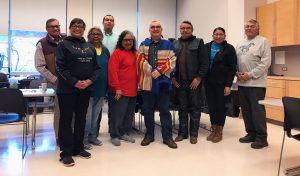
“I was fortunate enough to have access to an endowment that allowed me to travel pretty extensively, and I’m extremely proud of the collection we built from the Southwest U.S., consisting of Navajo, Hopi and Zuni materials,” said Swan. “I have wonderful memories of meeting with community members and artists, and of working to bring some real treasures and masterpieces to the museum.”
Swan was also involved with the museum’s annual Oklahoma Native American Youth Language Fair during his tenure and plans to assist with upcoming fair events, as well as other events and programs, in the future.
“I want to continue my association with the museum and the university, even in retirement,” Swan said. “I plan on continuing several writing projects as well and look forward to engaging with tribal communities in a variety of community projects.”
After 16 years at the Sam Noble Museum and an even longer career at other museums across the nation, Swan is happy to retire in a familiar place.
“Oklahoma is an incredible land of opportunity, and the Sam Noble Museum is an incredible museum,” Swan said. “I am fortunate that I was able to start my career in Oklahoma over 40 years ago and come full circle to finish up here. I am glad that it ended back here at my alma mater.”

